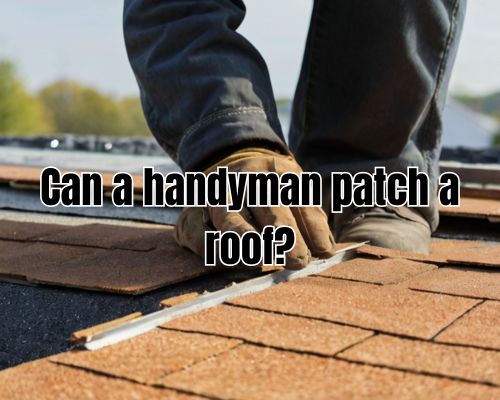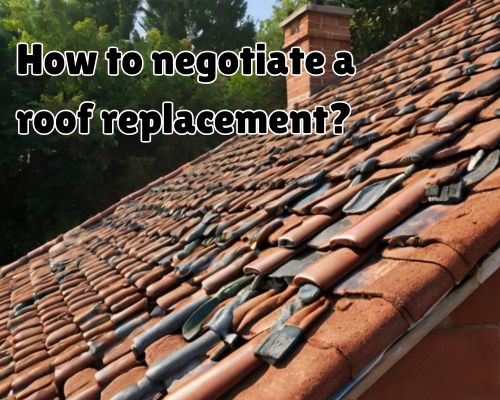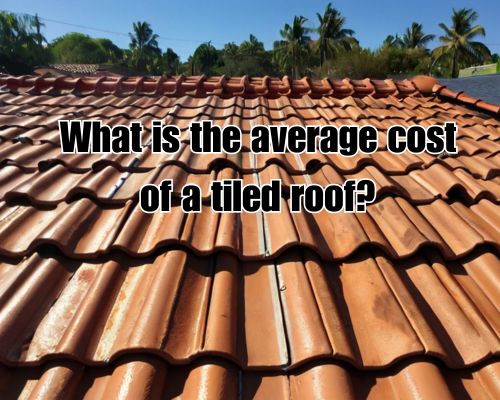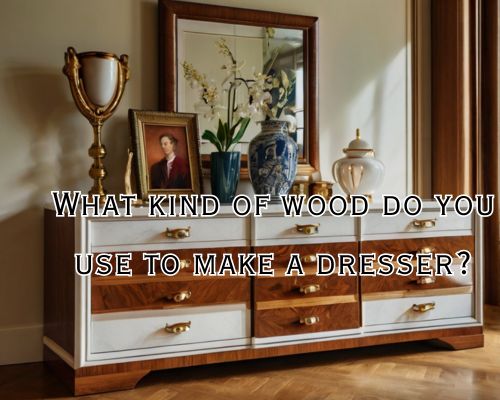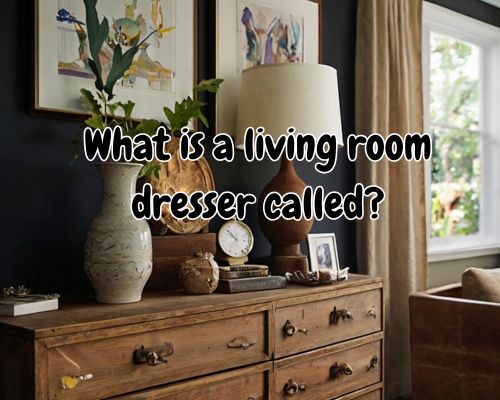Introduction: Why Timing Matters for Roof Insurance Claims in New Jersey
Roof damage can happen suddenly—from violent storms to slow-developing leaks. But once the damage occurs, homeowners often ask, “How long do I have to file a claim for roof damage?” In New Jersey, timing is more than just important—it can mean the difference between getting your roof repaired under homeowners insurance or paying entirely out of pocket.

With Charles Jimerson of CJ Commercial Roofing NJ, we’ll explore how long you have to file a roof damage insurance claim in New Jersey, what influences the deadline, key legal and policy timelines, and best practices to ensure your claim is approved—fast and fair.
Understanding Roof Damage Claims: The Basics
Before diving into timelines, it’s crucial to know what qualifies as roof damage under most insurance policies in New Jersey. Typically, covered damage includes:
- Hail or windstorm damage
- Fallen trees or branches during storms
- Fire or lightning strikes
- Vandalism
- Sudden and accidental events (not wear and tear)
Insurance companies usually require that the damage be sudden and accidental, meaning long-term neglect or pre-existing wear won’t qualify.
Filing Deadlines: The Statute of Limitations in New Jersey
In New Jersey, homeowners insurance policies typically require claims to be filed “promptly” after discovering the damage. However, this term is vague.
Here’s the breakdown:
1. Standard Timeframe: 1 Year
Most New Jersey homeowners insurance policies include a 12-month window from the date the damage occurred (or when it was discovered) to file a claim. This can vary slightly depending on your insurer (like State Farm, Allstate, or NJM Insurance Group), so reading your policy documents is critical.
2. Statute of Limitations: Up to 6 Years (Legal Action)
While you often have 12 months to file a claim, the legal statute of limitations to sue your insurer for denying a claim improperly is up to 6 years in New Jersey. This applies under contract law, giving you extended legal recourse if the insurer denies or delays your claim unjustly.
Insurance Company-Specific Deadlines (LSI: Insurance claim filing timeframes)
New Jersey’s top insurers—like Farmers Insurance, Liberty Mutual, and Travelers—have slight variations in policy language. Some allow up to two years for certain perils like hail or hurricane damage. Others stick to the “within a reasonable time” rule, which insurers often interpret as within 180 days or sooner.
Be aware of these insurer-specific nuances:
- Allstate NJ Property Insurance: Usually 1 year to file, shorter window for roof inspection documentation.
- State Farm New Jersey: “Promptly” typically means within 90–365 days, depending on peril type.
- NJM Insurance Group: Encourages notification ASAP, but allows up to 1 year.
📌 Pro Tip: Always file as soon as damage is discovered. Delays can lead to claim denial due to late notice, a common reason insurers reject roof claims in New Jersey.
The Role of Policy Language (Salient Entity: Homeowners Insurance Policy)
Every policy contains a “notice of loss” clause, which outlines how soon the policyholder must inform the insurer of the damage. Some use flexible terms like “prompt notice,” while others have hard deadlines.
Key terms to look for:
- Notice of loss
- Proof of loss (usually due within 60 days of filing)
- Claim submission deadline
- Suit against insurer clause
Your deductible, roof age, and whether your policy covers actual cash value (ACV) or replacement cost value (RCV) will also play roles in your claim’s outcome.
Local Considerations in New Jersey: Extreme Weather & Claim Frequency
In New Jersey, extreme weather events like nor’easters, heavy snowstorms, and hurricane remnants (think Ida in 2021) frequently cause roof damage. Areas like Bergen County, Monmouth County, and Ocean County see regular insurance claims for wind and tree-related roofing issues.
Due to this, insurers in New Jersey often scrutinize:
- Date of event vs. date of report
- Recent storms in your ZIP code
- Prior claim history on the property
Failing to tie the damage to a specific storm or date could make your claim appear suspicious. So if your roof was damaged in a June storm, don’t wait until October to act.
What Happens If You Miss the Deadline?
If you try to file a claim after the official deadline:
- Claim Denial: Your insurer may refuse coverage based on “late notice.”
- Reduced Payouts: Delayed filing can make damage look like neglect or aging, reducing payout amounts.
- Loss of Legal Leverage: If the timeframe for legal action (6 years) lapses, you lose the right to pursue litigation.
This is why it’s essential to document the damage quickly, including photos, contractor estimates, and timestamps tied to weather reports. For more, visit CJ Commercial Roofing NJ.
Best Practices: How to Stay Within the Claim Deadline
To avoid any timing pitfalls, follow these expert tips:
- Inspect Immediately: After a storm or suspicious leak, get your roof inspected by a licensed roofer in NJ.
- Document Thoroughly: Take photos and videos, and write notes. Use timestamps.
- Notify Your Insurer ASAP: Even if you’re unsure the damage is covered, report it immediately.
- Review Your Policy Annually: Understand the nuances of your roof coverage clauses, especially exclusions.
- Hire a Public Adjuster if Needed: They can help you file on time and avoid traps.
- Don’t Rely on “DIY” Fixes: These can be seen as interference or hiding damage, especially if done before inspection.
Case Study: Real Example From New Jersey (Local SEO Juice Alert 🚨)
In Middletown, NJ, homeowner Sandra G. experienced shingle damage after a May windstorm. She delayed filing until late August, thinking minor repairs were enough. When mold formed in the attic, she filed a claim—but her insurer denied it for “untimely reporting and failure to mitigate damage.”
Sandra later consulted an attorney, who noted her policy had a 180-day reporting clause, which she missed. Had she acted earlier, the insurer likely would’ve paid for full roof decking replacement.
Final Thoughts: Don’t Wait—File Today
If you’re wondering, “How long do I have to file a claim for roof damage?”, the safest answer is: ASAP—preferably within 90 days, but absolutely no later than one year in New Jersey.
Delays can cost you coverage, leverage, and thousands of dollars. By understanding your policy, documenting damage quickly, and acting promptly, you can avoid disputes and get your roof restored without costly delays.
